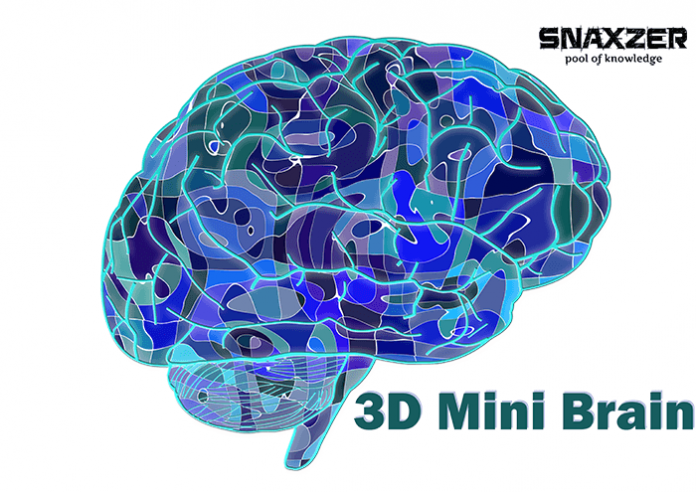US Researchers have cultivated small 3D mini-brains that imitate structures of human brains and could be used to study diseases like Alzheimer’s, autism, Parkinson’s, and multiple scenarios.
Scientists told that “the formation of these ‘mini brains’ could severely change, how new drugs are tested for tested for safety and its productiveness.”
“The research has been done, by using balls of brain cells which grow and form structure like brain- on their own on over the course of eight weeks should be superior to studying mice and rats because they are derived from human cells instead of rodents.”
Thomas Hartung, a professor at Johns Hopkins University in the US and research leader, “Ninety -five % of drugs that appear promising when tested in animals fail once, they are tested in human’s at great expense of time and money. While rodent models have been useful, we are not 150- pound rats. And even though we are not balls of cells either, you can get much better information from these balls of cells than from rodents.”
“We believe that the future of this research will include less reliance on animals, more reliance on human, cell-based models“, he added.
By using, induced Pluripotent stem cells (iPSCs), scientists including Anupama Kumar from John Hopkins University, have composed brains. These iPSCs are adult’s cells that are naturally adjusted into early stem cells such as state and after that, it is accelerated to grow into brain cells.”
“Skin cells of healthy matures were used to develop mini-brains, but that cells from people with some of the characteristics or some of the diseases can be used to compose brains to the analysing different type of pharmaceuticals“, said Hartung.
These 3D mini-brains have a very small size at 350 micrometers in diameter or just similar to the eye of a housefly. And just clear to the human eye and thousands of specific copies can be originated in each group. In the same petri-dish, hundreds of them can arise easily.
After developing these 3D mini-brains, the brains form four types of neurons and two types of support cells like astrocytes and oligodendrocytes, the latest of which go on for creating myelin, which protects the axons of neurons and permits them to connect fast.
The scientists were able to watch the development of myelin and could see that, it starts to cover up the axons. The mini-brains even exposed the Spontaneous activity of electrophysiology, which could be recorded with electrodes, similar to EEG (electroencephalogram).
For testing, scientists allocate this mini-brain on an electrodes array and listened to the spontaneous electrical communication with neurons as test drugs were added.
